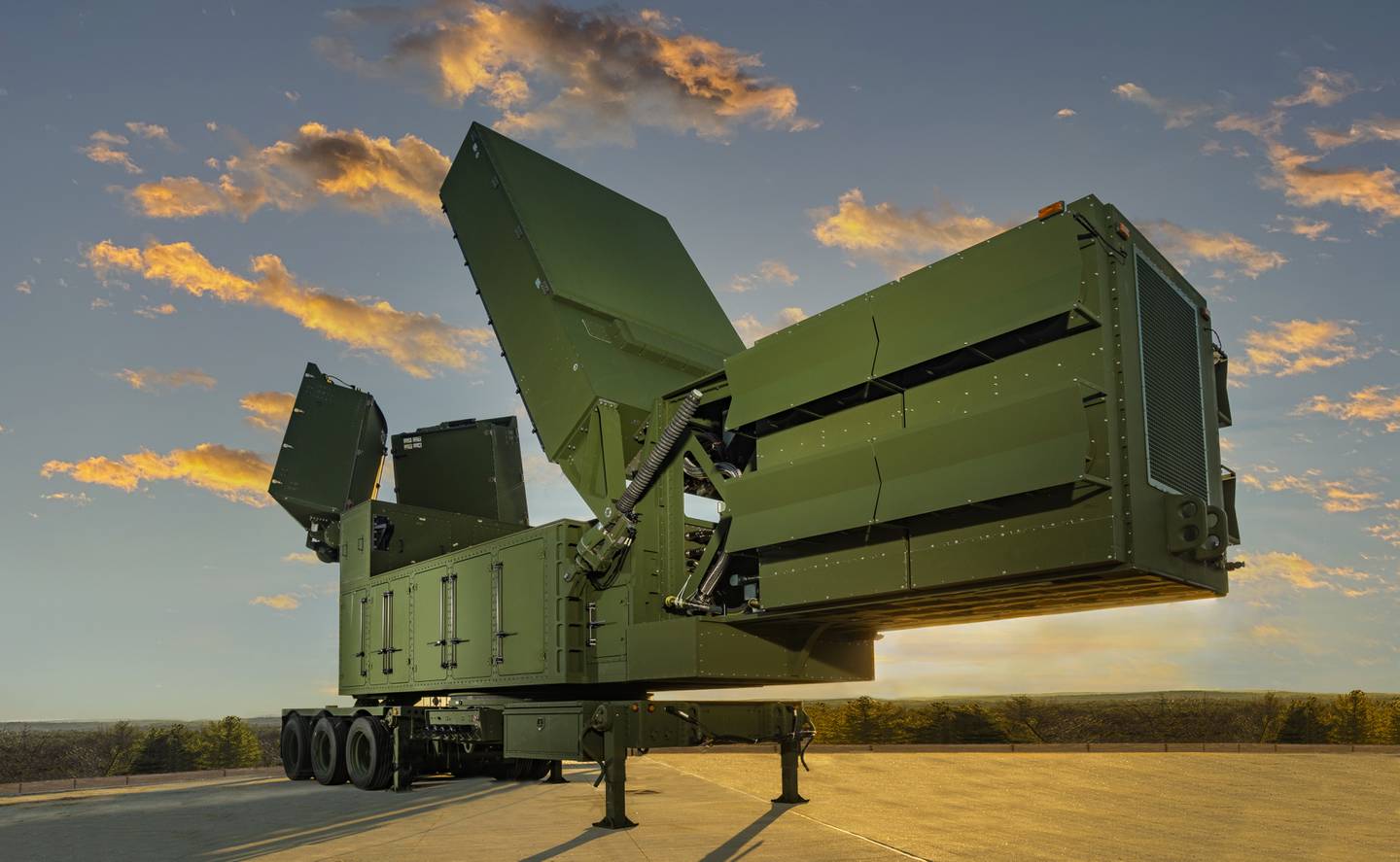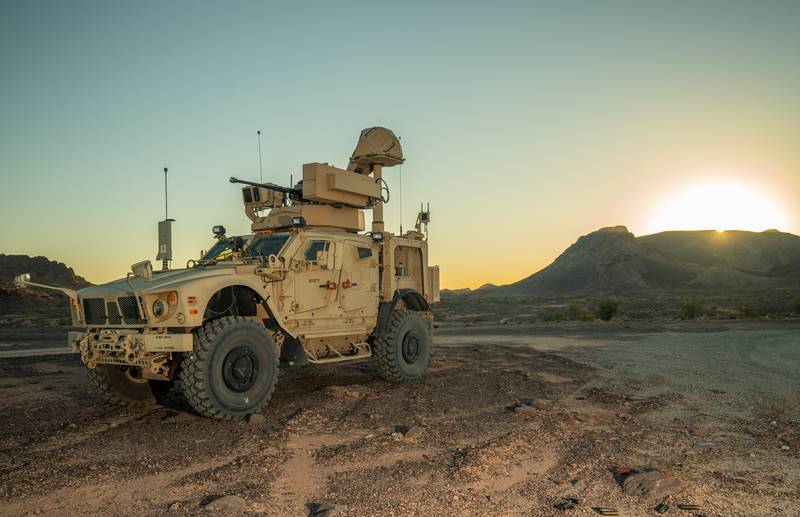As the nature of aerial threats changes, radar systems have to adapt to provide effective defense.
Modern cruise missiles don’t fly a static trajectory. Unmanned aerial vehicles can be piloted by a human thousands of miles away. Hypersonics reach speeds that can put them within striking distance before a radar system can report them as anything other than a blob on a screen.
Those threats require a radar system robust enough to deal with traditional threats as well as those that are more agile, faster and able to attack from unexpected vectors. The Lower Tier Air and Missile Defense Sensor (LTAMDS) —— is designed to offer full 360-degree scanning without the blind spots created by a traditional rotating radar.
In this Q&A, Defense News spoke with Bob Kelley, Director, US Requirements and Capabilities for Land Warfare and Air Defense, Raytheon Missiles & Defense. Kelley shared his insights on the changing nature of aerial warfare, what LTAMDS provides and how it will change defense.
The transcript of this conversation has been edited for length and clarity.
Defense News (DN): The big, first question that comes to mind is what does LTAMDS do that our current existing radar systems don’t do? What’s the argument for “this is why we need this system right now”?
Bob Kelley (BK): It’s a combination of increased velocity, increased maneuverability and sophisticated employment techniques. In September of 2019, there was an attack on a Saudi oil refinery. They had air defenses protecting that Saudi oil refinery. But this attack was sophisticated in that it was simultaneous 360 with multiple threats flying multiple trajectories, but all at the same target. You had a combination of cruise missiles and unmanned aerial systems that were in real time, near simultaneously coming in, in full 360.
That drives you to the understanding that the battlefield is no longer linear. Cruise missiles today, they are limited only by the amount of fuel that you put on them and how far they can fly. They can fly any trajectory. At least a modern cruise missile can fly any trajectory that your potential enemies want it to fly, which means even if the enemy’s directly in front of you, they can fly in a manner that makes it come around outside of your radar detection areas and ingress into the rear of whatever you’re protecting. You need to have a 360-degree capability against these types of threats and it needs to be simultaneous 360.
Our big part was that nothing goes unseen because we are looking in full 360 degrees simultaneously all the time, doing search, detection, tracking, classification, discrimination, identification and interceptor support for engagements all the time in all directions.
DN: As you mentioned, there are so many different possible threat vectors and angles of attack, and the ability to steer cruise missiles instead of just fire and forget, you have to have that 360-degree capability if you really want to have a comprehensive protection, don’t you?
BK: Yeah. The other part is range, right? You’ve got to extend the range. But when you look at some of the velocities that some of these threats are getting to, particularly hypersonics, to have enough time to compute an engagement sequence for a threat like that, you’ve got to detect it pretty far out if you want to have some kind of a standoff range where you’re going to do some engagement. So that was the other part of it, too. 360 and we had to increase the range.
DN: So then when we think about this as the next evolution of missile defense, from what you said, it sounds like this is a big leap forward instead of a small incremental step. Is that accurate?
BK: That is accurate. I would say that’s what we’ve done with Patriot for years. There are people around the world that are in fighting shooting wars today with Patriot, and it’s being very, very successful. But this is a leap ahead technology really over other radars because of the increased ranges that we have, because of the 360, but also because of the technology that went into it.
This is an AESA (active electronically scanned array) radar powered by GaN (Gallium nitride) technology. With a radar, one of the biggest challenges is “I’ve got a fixed amount of input power that’s coming into the radar, and I want to transition as much of that power as I can into RF energy going out the front of the radar, or in this case, going out 360 degrees from the radar.” Well, GaN is incredibly efficient with that.
DN: With the capabilities of LTAMDS, do you expect a change to how we think about missile defense?
BK: In today’s environment, you’re looking at an aerial threat set that is beyond missile defense. So when I think missile defense today, for the most part, I’m thinking very strategic homeland defense. I would say that the changes, unless I’m just focused on an intercontinental ballistic missile, I have to have systems on the battlefield that can handle the multitude of aerial threats that are out there. I can’t have the stove-piped system that only does missiles.
The goal is because current air and missile defense systems are so good, adversaries want to overwhelm the radar and the operator. If they can have more objects than your radar can handle or your operator can understand, then that’s how they feel like they’ll be successful. So we look at it as a layered defense, and you want to have radars that support a layered defense against manned/unmanned aircraft; small, slow unmanned aerial systems; cruise missiles; ballistic missiles.
It’s funny, the term ballistic missiles gets used a lot. Most of them are not ballistic anymore. They do not fly a ballistic trajectory. Ballistic missiles are not the biggest challenge in the world to shoot down. It’s when they don’t fly ballistically that they become more of a challenge.



